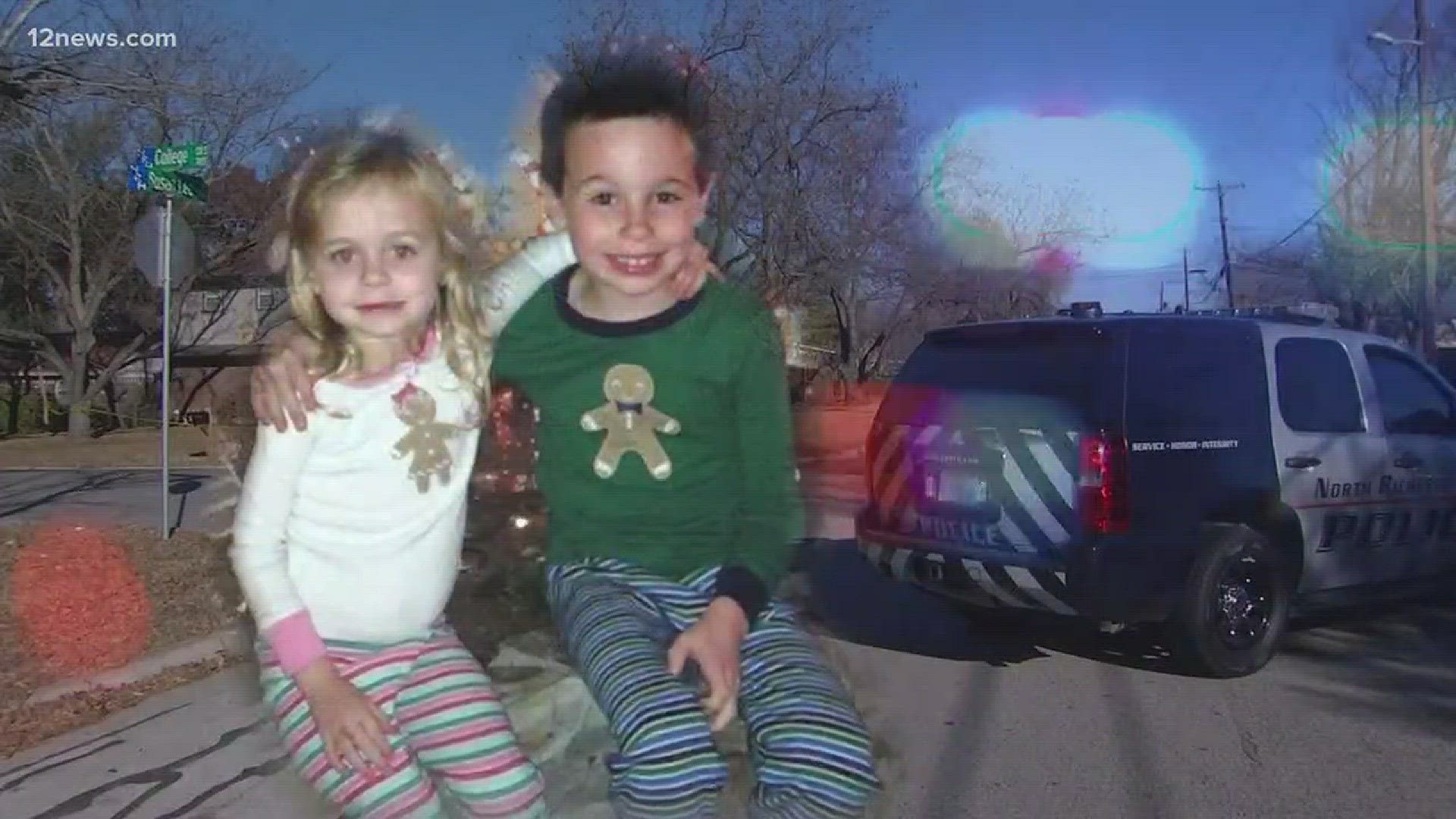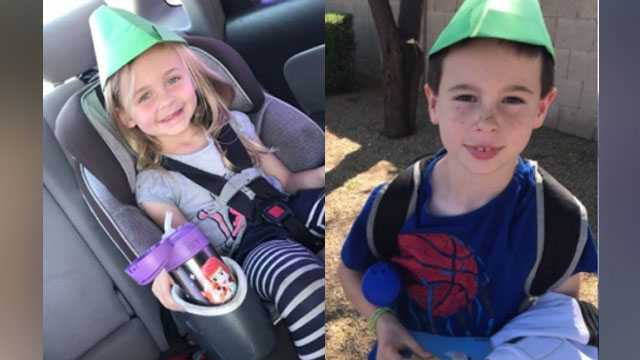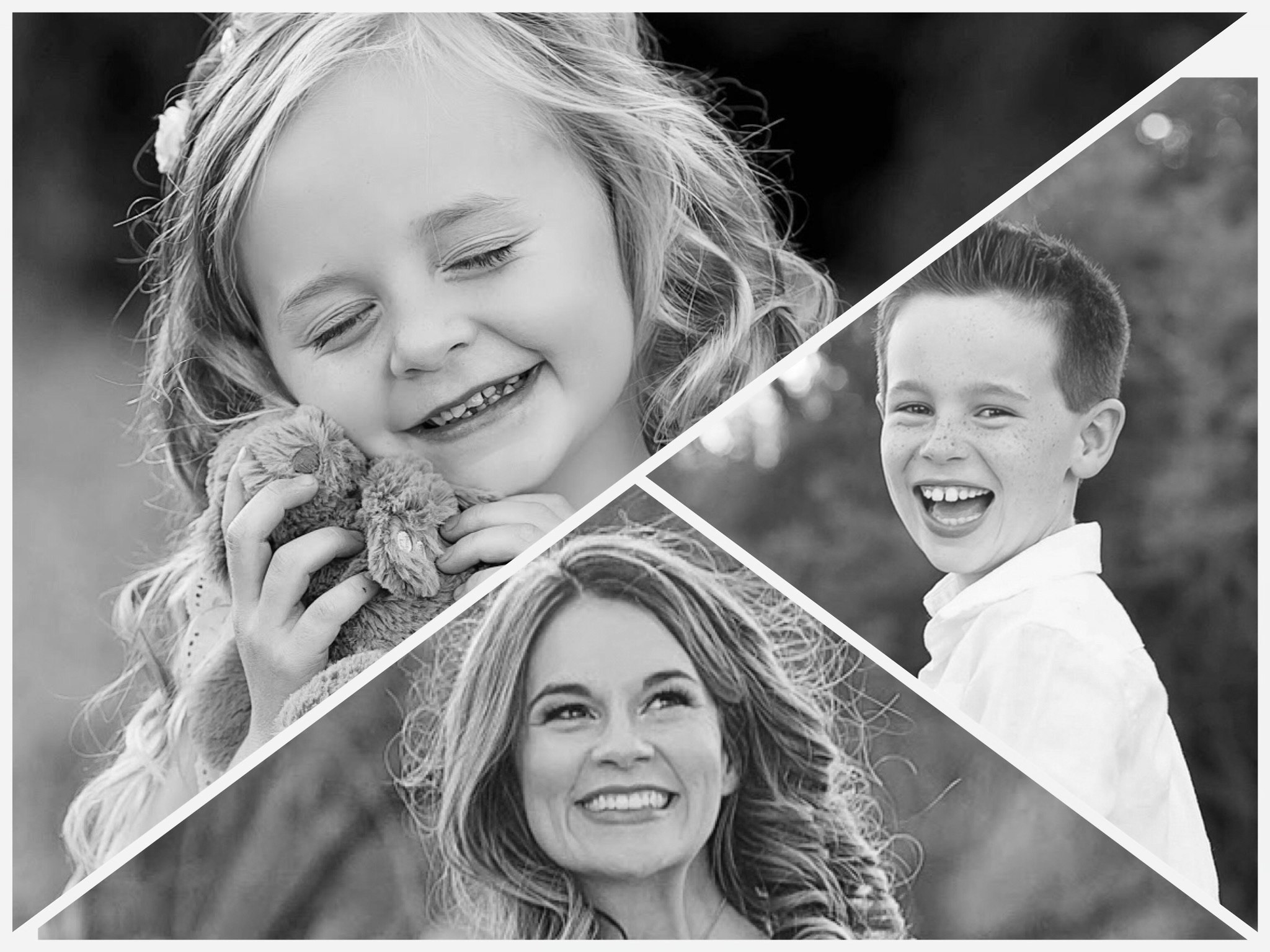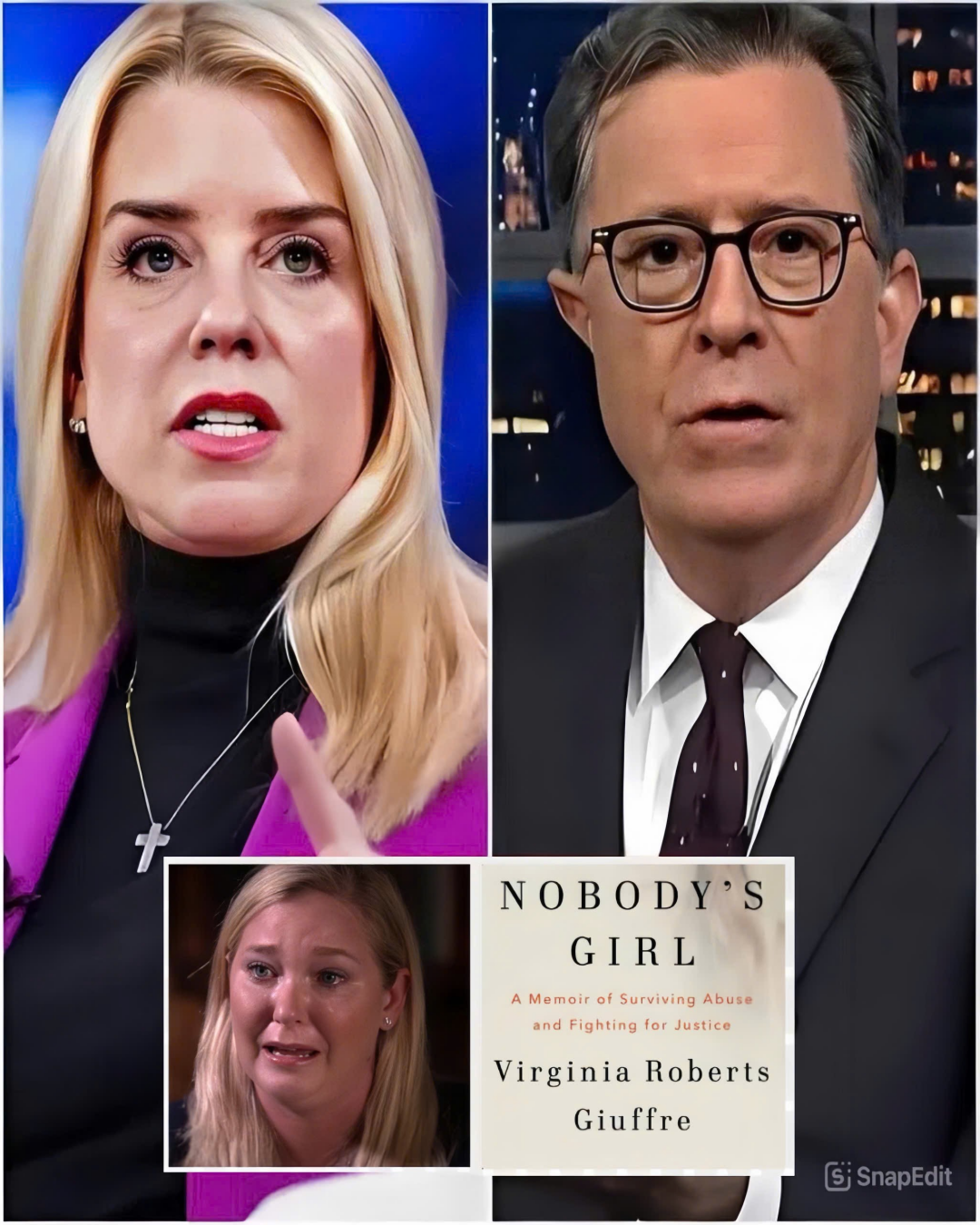By all accounts, there were no warning signs.
“There’s no history here,” said police spokesperson Carissa Katekaru. “We’re still trying to figure out why.”
The Dawson family had moved into the neighborhood only two months earlier, in October.
They had come from Phoenix, Arizona, seeking a fresh start — a new job, a new home, a new chapter.
Neighbors recalled that the family kept to themselves but were polite, quiet, and, most of all, seemed happy.

Just days before the shooting, one neighbor saw little Bree twirling in the front yard, her pink jacket flaring as she laughed. Luke, tall for his age, stood nearby holding a strand of Christmas lights, helping his dad untangle the wires.
“They were decorating for the holidays,” another neighbor said. “It was beautiful — you’d never think something like this would happen here.”
Chris Dawson, a recent hire at Baylor Scott & White Health
, had been with the company for less than two months.
He was described as professional, soft-spoken, and committed to his new role.
No one at work noticed anything out of the ordinary.
And then — in one horrifying night — everything was gone.
The Discovery No One Should Ever Make
It was the children’s mother who found them.
She had been away for a short time that evening. When she returned home, she noticed something strange — the house was too quiet.
At first, she thought the kids had fallen asleep early.
But as she stepped into the living room, the silence became heavy, suffocating.
Then she saw them.

No one can ever truly describe that kind of moment — when the world stops breathing, when sound vanishes, when reality collapses into something too cruel to understand.
In that instant, she was no longer a wife, no longer just a mother — she was a witness to the unimaginable.
She called 911, her voice breaking as she tried to form the words.
Police arrived within minutes, but there was nothing they could do.
The home — once filled with laughter, schoolbooks, and bedtime stories — became a crime scene.

The Questions That Will Never Have Answers
Investigators searched for clues — notes, messages, anything that might explain what had driven Chris Dawson to take the lives of his own children.
But there was nothing.
No history of domestic violence.
No reports of marital conflict.
No signs of financial stress or mental breakdown.

“It’s one of those cases that leaves you staring at the report, just shaking your head,” said one detective. “You want to find a reason, because reason helps you sleep at night. But sometimes, there is none.”
Psychologists often say that murder-suicides are rooted in despair — moments when a person’s sense of control or identity collapses entirely.
Yet those who knew Chris saw no outward signs of despair.

He was a father who built forts with his kids, who grilled burgers in the backyard, who kissed his daughter on the forehead before school.
Friends described him as “devoted,” “responsible,” and “gentle.”
And still, he did the unthinkable.

The Ghosts Left Behind
The house on the quiet Texas street didn’t stay empty for long.
But for those who pass by, it will never be just another home.
In the days following the tragedy, neighbors placed stuffed animals, candles, and hand-written notes by the mailbox. Children from nearby schools brought drawings — crayon hearts, stick figures labeled “Bree” and “Luke,” stars shining in a dark sky.

Someone tied a small angel ornament to the front gate.
When the wind blew, it made a faint tinkling sound — like a lullaby carried through time.
At night, when the Christmas lights still glowed — untouched, unplugged, yet somehow still lit — people said it felt like the children were still there. Watching. Waiting.

A Mother’s Endless Grief
Little is publicly known about the children’s mother — her name has been withheld to protect her privacy.
But those who know her say she has never spoken publicly about that night.
Instead, she grieves quietly, far from the noise of the world.
Friends describe her as a woman living between worlds — one foot in the present, trying to survive, the other forever trapped in December 2017.
“She’s strong, but you can see it in her eyes,” said a close friend. “There’s a kind of pain that never heals, only learns to breathe.”
Each year, on the anniversary, a few people leave flowers near the old house.
White lilies for Luke.
Pink roses for Bree.
And every December, the question returns like a ghost: what could have possibly gone wrong inside that home?

The Fragile Illusion of Safety
For many, the Dawson case shattered something deeper than a sense of safety — it broke the illusion that tragedy can be predicted, that there are always signs if you look closely enough.
The family looked perfect from the outside: two beautiful children, a steady job, a new home, Christmas lights shining.

Yet darkness does not always announce itself. Sometimes, it hides in plain sight — behind polite smiles and neighborhood waves, waiting for a moment when no one is watching.
Experts warn that even the most “normal” households can conceal pain.
Mental health struggles, depression, and isolation can build quietly, unseen by coworkers or friends.
That’s why so many communities now push for open conversations about emotional wellbeing, not just within families, but within entire neighborhoods.
Because sometimes, saving a life begins with simply asking, “Are you okay?”

Remembering Bree and Luke
Though their lives were brief, Bree and Luke left traces everywhere — in photographs, in stories, in memories that refuse to fade.
Luke loved dinosaurs and soccer. He wanted to be a paleontologist when he grew up. His teachers remembered his curiosity — the way he would raise his hand not to answer, but to ask one more question.
Bree, the family’s “sunshine,” adored music and glitter. She danced in her socks across the hardwood floors, twirling until she fell giggling into her brother’s arms.

The two were inseparable — a pair of bright souls moving through childhood hand in hand.
Now, they are remembered together.
At local vigils, people light two candles — one pink, one blue — side by side.
Neighbors say that on quiet nights, when the wind moves through the trees just right, they can almost hear Bree’s laughter and Luke’s footsteps chasing after her.
What Remains
Years later, the case is closed, but the mystery remains unsolved — not by the police, but by the human heart.
Why does a father turn on his own children?
What silent fracture allows love to twist into destruction?
And how does a mother learn to live again after finding everything she loved gone in one heartbeat?
There are no answers — only reminders.
That behind every bright window, there may be shadows we cannot see.
That love, even when it breaks, leaves traces that refuse to die.
And that sometimes, the most ordinary home can hold the most extraordinary sorrow.
The Christmas lights were taken down long ago.
But those who saw them still remember the way they glowed — gentle, warm, unaware of what was coming.
They remember Bree’s laughter.
Luke’s smile.
The sound of a mother’s scream cutting through the night.
And they remember the silence that followed — a silence so deep it still lingers, like snow that never melts.
Because in that quiet house on a North Richland Hills street, the story didn’t end with death.
It became a question that will echo for generations:
How can something that looks so full of light hide something so dark?





